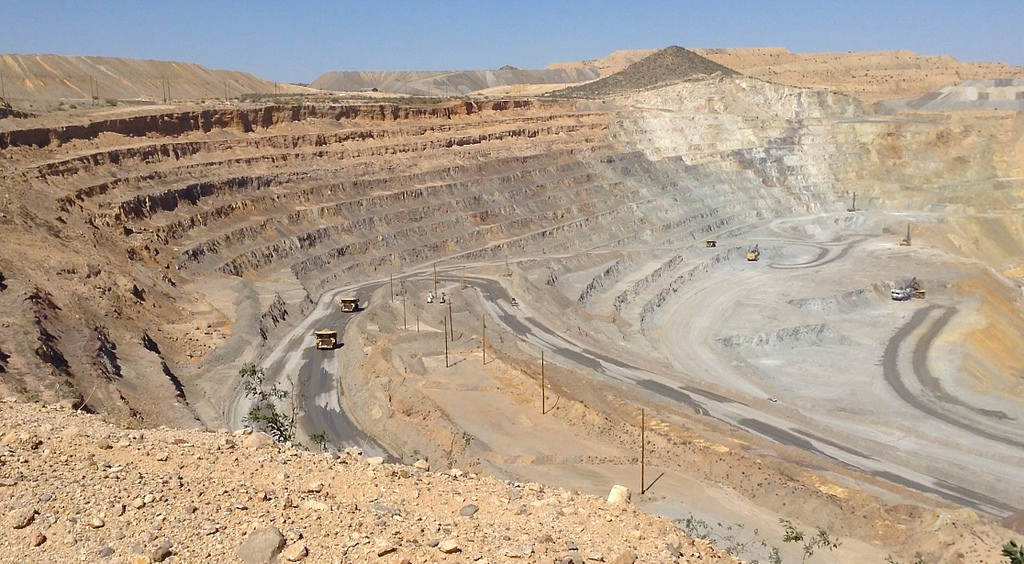
According to the DailyMail.co.uk, these scientists were able to increase the energy output of nuclear fusion simply by adjusting its process or its “recipe”. Instead of using just two ion species in the plasma mix — 95 percent deuterium and five percent hydrogen — they added trace elements of another ion, helium-3; the complete details of which they discussed in their recently published study. In essence, the researchers came up with a new type of plasma that multiplied the energy output of the nuclear fusion process.
With the help of researchers from the Laboratory of Plasma Physics in Brussels, Belgium, they then placed their plasma mix inside the Alcator C-Mod tokamak at MIT's Plasma Science and Fusion Center (PSFC). The researchers heated up the plasma mix and focused energy on the helium-3 particles. What resulted was energy output on the same range as activated fusion products, with ions reaching megaelectron volt (MeV) energy levels — a feat that had never before been achieved in non-activated fusion devices. A single megaelectron volt is equal to one million electron volts.
“To be able to create such energetic ions in a non-activated device — not doing a huge amount of fusion — is beneficial, because we can study how ions with energies comparable to fusion reaction products behave, how well they would be confined,” explained Dr. John C. Wright, a research scientist on the study.
The success of their experiment on the Alacator C-Mod prompted other research scientists to attempt to replicate the results on the Joint European Torus (JET), Europe's largest fusion device.
On this, Wright commented: “The JET folks had really good energetic particle diagnostics, so they could directly measure these high energy ions and verify that they were indeed there. The fact that we had a basic theory realized on two different devices on two continents came together to produce a strong paper.”
Though more work and research is necessary, the astounding potential of the MIT team's efforts cannot be stressed enough. The closer we are to achieving an efficient means of creating clean energy, the less reliant we'll become on fuels that damage the earth with every use. (Related: Scientists bring energy-efficient nuclear fusion closer to reality.)
What is nuclear fusion?
As the name suggests, nuclear fusion involves fusing lighter nuclei into a heavier nucleus. The process of nuclear fusion serves as the sun's power source. Nuclear fusion is the opposite of nuclear fission, the source of energy for nuclear power plants. Unlike nuclear fusion which requires hydrogen, nuclear fission needs uranium, a finite resource that can and will run out in due time.
Currently, there are three problems that prevent us from utilizing nuclear fusion to produce electricity. The first is temperature: For nuclei to fuse, temperatures must exceed millions of degrees to peel away the electrons. The second is time: It's been estimated that plasma needs to be held together for about one second at 40,000,000 K to start the fusion process. The third is containment: Plasma at 40,000,000 K is gas that can easily vaporize even the best ceramics developed for space travel. Magnetic fields can contain this plasma, but any leaks will prevent the nuclear fusion process from occurring.
Stay up-to-date on even more scientific breakthroughs by visiting FutureScienceNews.com today.
Sources include:
Please contact us for more information.






















